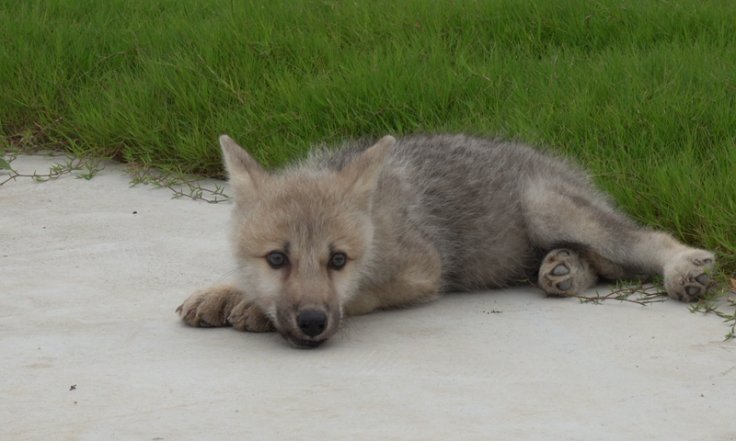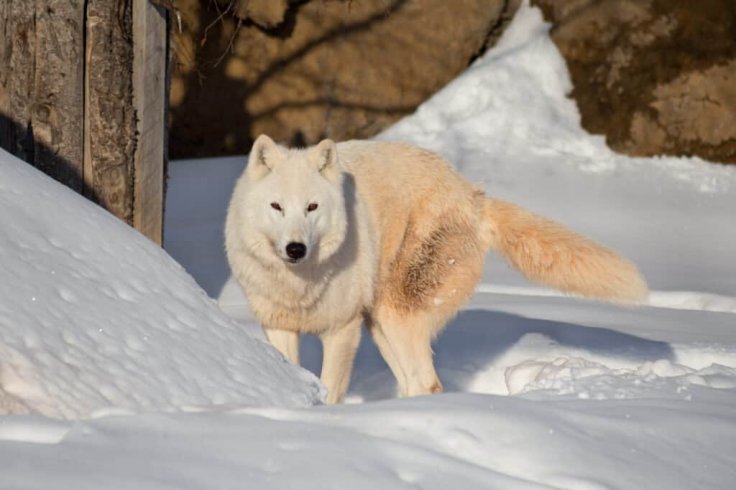Chinese scientists have successfully cloned a wild Arctic wolf with a controversial genetic technology that can be used to save other species under the threat of extinction. Sinogene Biotechnology introduced the female wolf clone, named Maya. She was born on June 10.
The grey-brown wolf pup with a bushy tail, as per a video shown during a press conference, is energetic and in very good health. Mi Jidong, Sinogene Biotechnology general manager, revealed that the arctic wolf was cloned successfully after two years of painstaking efforts. He said this is the first case of its kind in the world.

This is a Milestone, a Landmark Achievement
Researchers believe the birth of the world's first cloned arctic wolf is a milestone for the application of cloning technology. It is a great significance to biodiversity, the protection of wildlife, and the restoration of endangered species in the world. He Zhenming, director of the Institute for Laboratory Animal Resources of China's National Institute for Food and Drug Control, described the successful cloning of Maya as a landmark event.
The Arctic Wolf Cloning Project
The Beijing-based company in collaboration with the polar theme park Harbin Polarland launched the Arctic wolf cloning project in 2020. Sinogene Biotechnology used a process called somatic cell nuclear transfer. This is the same technique that was used to create the first-ever mammal clone Dolly the sheep in 1996.
Chinese researchers used a skin sample from the original arctic wolf, also called Maya - introduced from Canada to Harbin Polarland, to retrieve donor cells which were then injected into a female dog's egg and carried by a surrogate mother.

They created 85 such embryos, which were transferred into the uteri of seven beagles. As such, there is one healthy Arctic wolf, that is the newly cloned Maya. Researchers expect a second cloned arctic wolf to be born soon.
Potential of Cloning Technology
Conservation scientists have been using cloning technology for quite some time now. Lai Liangxue, a researcher from Guangzhou Institute of Biomedicine and Health, Chinese Academy of Sciences, outlined cloning technology as a breeding method different from natural reproduction, especially for animals with small populations and who are difficult to extract germ cells for.
He said cloned animals still have the ability to reproduce if they have intact fertilized eggs. The expert highlighted that physical conditions of a cloned animal are no different from the animal that serves as its blueprint. They can form gametes to conduct reproductive activities.

In Malaysia, scientists are hoping to use frozen tissues and cells to give birth to new rhinos using surrogate mothers. American scientists, in late 2020, successfully cloned an endangered wild black-footed ferret (which was thought to be globally extinct). And in Australia, researchers are trying to edit cells from a marsupial to recreate the extinct Tasmanian tiger.
Scientists across the world are racing to save endangered species as the Earth is headed for its sixth mass extinction.









